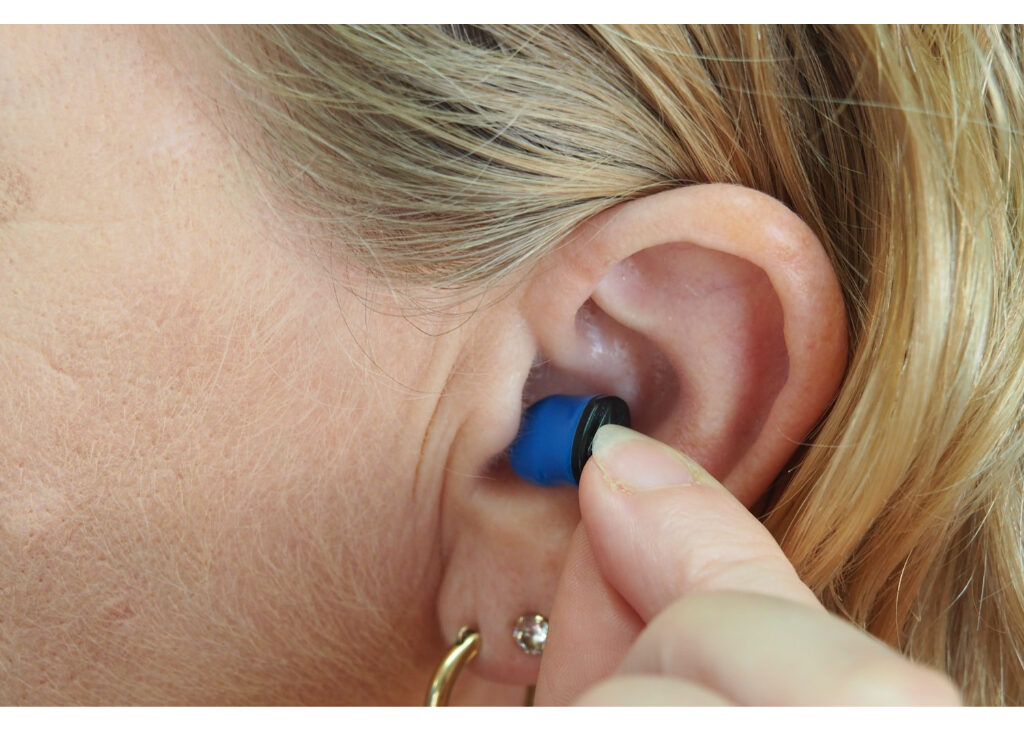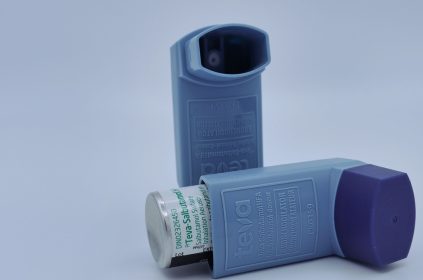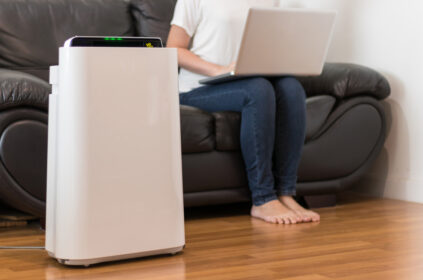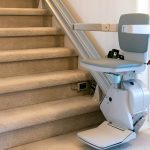Shopping for a new hearing aid? Finding the right type and style depends on your lifestyle preferences, the degree of your hearing loss, and cosmetic concerns.
Here are the basic types and styles of hearing aids:
In-The-Ear (ITE) Hearing Aids: As the name suggests, these devices are worn in the ear canal. They are usually customized according to the impression that is taken during your hearing aid consultation by your hearing care professional. Typically, these styles are available in various skin tones so that they can blend with the outer ear.
Behind-The-Ear (BTE) Hearing Aids: BTE aids sit on top of or behind the outer ear, with tubing that routes the sound via a dome style or custom-fit earmold down into the ear canal, without blocking the entire canal opening. BTE styles are available in various colors to match skin or hair tone, and also come in flashier designs for personalized flair.
Some of the common hearing aid styles are as follows:
Invisible in The Canal (IIC) And Completely in The Canal (CIC)
Advantages:
– Good sound quality because of the way they fit in the ear
– Very discreet
Disadvantages:
– Small size can be a problem for dexterity
– Susceptible to moisture damage and ear wax
In-The-Canal (ITC) Hearing Aids
Advantages:
– More features and longer battery life than IIC and CIC styles
– Discreet
Disadvantages:
– Susceptible to ear wax and moisture damage
– More occlusion, can make wearers feel plugged up
Low-Profile Hearing Aids
Advantages:
– Larger size, easier to insert and remove
– Accommodates more user controls and features
Disadvantages:
– More occlusion, can make wearers feel plugged up
– Not as discreet as smaller in-the-ear styles
Receiver in The Ear (RITE)
Advantages:
– The speaker can be replaced separately
– Generally the only style that comes with a rechargeable battery option
Disadvantages:
– Speaker is susceptible to moisture and ear wax damage as it is inside the ear
– Smaller RITE sizes (known as mini-RITEs) can be a problem for dexterity
Behind-The-Ear with Earmold
Advantages:
– Less susceptible to moisture damage
– Can be used for all degrees of hearing loss, even profound hearing loss
Disadvantages:
– Not as cosmetically hidden
– Potential space limitations for eyeglass wearers









